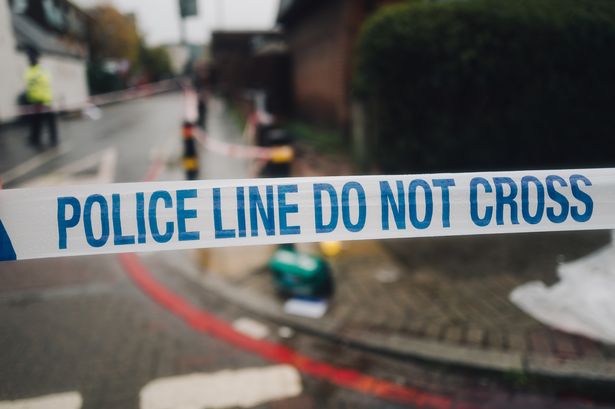The discovery of an aircraft wreckage northeast of Lerwick, near Shetland, on Friday afternoon marked the tragic culmination of a search and rescue operation. Located around 2:20 pm, the aircraft, upon being brought ashore, revealed the grim presence of human remains, confirming the worst fears surrounding the missing individuals. This discovery immediately shifted the focus of the investigation from rescue to recovery and identification, initiating a complex process involving multiple agencies. The initial stages involve meticulous documentation of the wreckage site, preserving crucial evidence for the subsequent investigation into the circumstances leading to the crash. Simultaneously, efforts begin to respectfully recover the remains and transport them to designated facilities for forensic examination and positive identification.
The immediate aftermath of the discovery saw a flurry of activity as various agencies converged on the scene. The local police force took the lead, securing the area and coordinating the initial recovery operations. They were joined by representatives from the Air Accidents Investigation Branch (AAIB), the primary body responsible for determining the cause of aircraft accidents in the UK. The AAIB team immediately began their painstaking work, meticulously documenting the wreckage and surrounding environment. Their investigation, which could take months or even years to complete, will aim to reconstruct the sequence of events leading to the crash, examining factors such as weather conditions, mechanical issues, and pilot actions. Experts in underwater recovery also played a crucial role, ensuring the safe and controlled retrieval of the aircraft from the challenging North Sea environment.
The discovery of human remains added a poignant layer to the already complex operation, necessitating the involvement of forensic experts and pathologists. Their primary goal is to identify the deceased and determine the cause of death. This process can involve a range of techniques, including DNA analysis, dental records comparison, and examination of personal belongings found with the remains. The sensitivity and complexity of this task require utmost care and respect, acknowledging the profound impact on the families of the victims. Working in close conjunction with the police, the forensic team aims to provide accurate and timely information to the grieving families, offering some measure of closure during an incredibly difficult time.
Parallel to the on-site investigation, authorities began the delicate process of notifying the families of the missing individuals. This task, often carried out by specially trained officers, involves delivering the devastating news with compassion and support. Families are offered access to resources such as grief counselling and victim support services to help them navigate the complex emotional terrain following the tragic loss. The confirmation of fatalities inevitably triggers a wave of grief and shock, requiring a sensitive and empathetic approach from all agencies involved. Maintaining open channels of communication with the families throughout the investigation is paramount, ensuring they are kept informed of developments and have opportunities to ask questions.
As the initial shock subsides, attention will inevitably turn to understanding the factors that contributed to the crash. The AAIB’s comprehensive investigation will delve into every aspect of the flight, from pre-flight preparations to the final moments before impact. This involves analysing the aircraft’s maintenance records, examining the pilot’s experience and training, and scrutinizing meteorological data from the time of the incident. The wreckage itself will be carefully examined for any signs of mechanical failure or structural damage. Data from the aircraft’s black box, if recovered, will provide vital insights into the flight parameters and any communications between the pilot and air traffic control. This meticulous process aims to identify any contributing factors to the accident and potentially offer recommendations to prevent similar tragedies in the future.
The entire process, from the initial discovery of the wreckage to the final report by the AAIB, is a complex and lengthy undertaking. It requires the coordinated efforts of numerous agencies, including law enforcement, forensic specialists, aviation experts, and support services for the affected families. Throughout this challenging period, the focus remains on respectfully recovering and identifying the remains, providing support to the grieving families, and conducting a thorough investigation to determine the cause of the tragic accident. The information gathered during this process will not only provide answers to the immediate questions surrounding the crash but also contribute to enhancing aviation safety and preventing similar incidents in the future.














